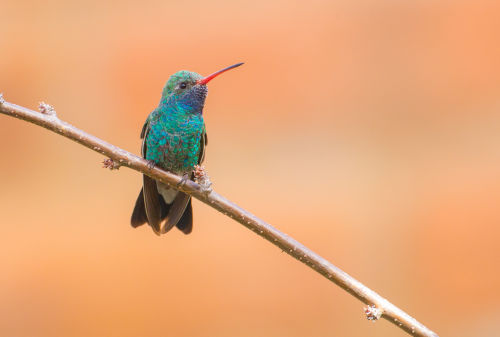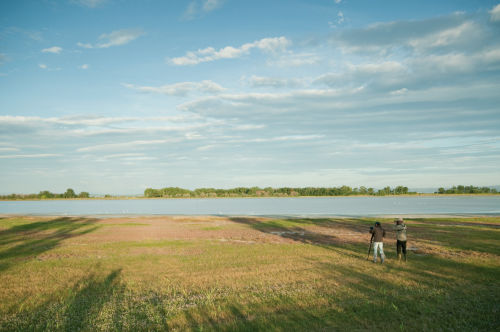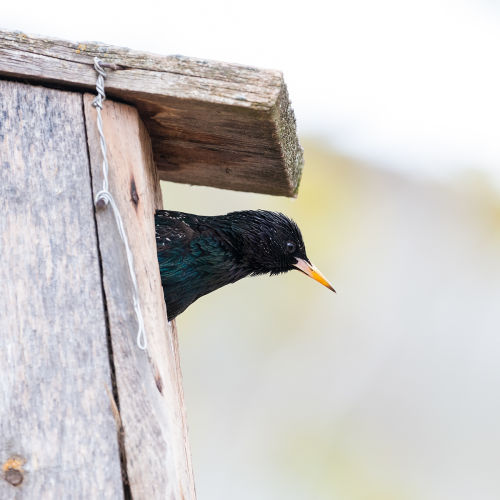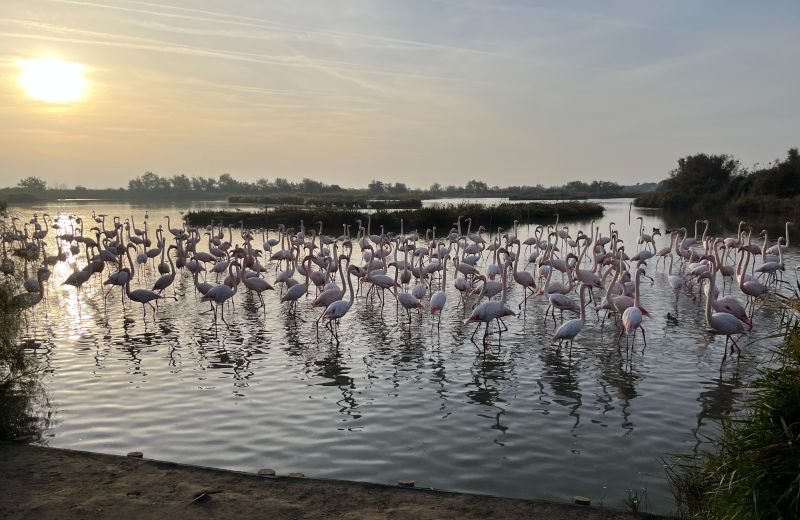The USA is home to hundreds of birds including many of the world’s rarest species. Catching a glimpse of an elusive or even common bird can be a hugely exciting experience. However, many avian populations are unfortunately rapidly in decline and rely on long-term conservation efforts to survive. Dr. Mya-Rose Craig (born in 2002), a birder, environmentalist and author, has therefore teamed up with us at SWAROVSKI OPTIK to shine a light on some of these rarer species and reveal the best places in the US to spot them.

Southwest Colorado in early spring
1. Gunnison Sage Grouse
The Gunnison Sage Grouse (Centrocercus minimus) is a species of grouse endemic to the US and was only described as a new species in 2000 - making it the first new avian species to be described to science from the USA since the 19th century. It has been reduced to less than 1800 birds and unfortunately may be extinct before I have the opportunity to see it. It is really restricted, occurring in only 7 counties in southwestern Colorado and one in southeastern Utah.
My top tip for spotting the Gunnison Sage Grouse is to visit areas of sagebrush in southwestern Colorado during early Spring when males congregate on leks (open areas adjacent to dense sagebrush stands) during early morning and early evening to perform elaborate strutting displays to attract females.
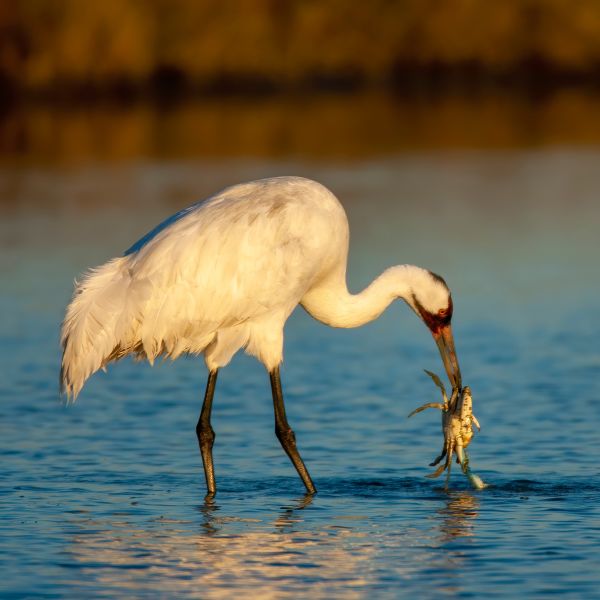
Coast of Texas in winter
2. Whooping Cranes
The Whooping Crane (Grus americana) is a really cool bird. It is the tallest North American bird, named after its whooping sound. It is endangered and one of two crane species native to North America. In 2008, I saw the other, Sandhill Crane, in the UK and would love to see this one. It was down to just 21 wild and two captive whooping cranes by 1941 but through conservation efforts it is now up to 800 birds, which is unfortunately still nowhere near a healthy number.
Breeding populations can be seen wintering along the Gulf coast of Texas, and near Rockport on the Aransas National Wildlife Refuge – a protected area spanning 115,000+ acres located on the southwest side of the San Antonio Bay.
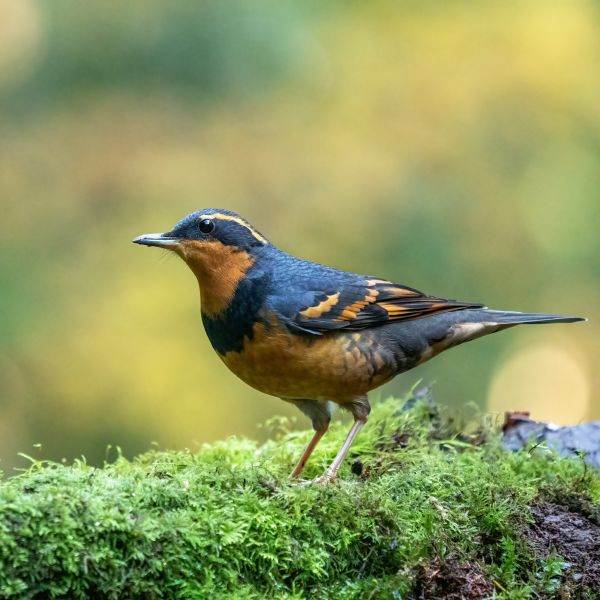
North American west coast in autumn
3. Varied Thrush
In October 2021, there was a fantastic record of a Varied Thrush (Ixoreus naevius) spotted in Orkney. I unfortunately missed out on this exciting sight in the UK, which makes seeing this bird on the west coast of North America from Alaska to northern California even more important.
These birds are typically easier to hear than see from its individual call which usually marks the start of autumn. It is possible to see it on its breeding grounds and wet forests as far north as Alaska down to northern California before it migrates South. During Autumn, they usually head to lower levels and can be spotted in parks or even gardens.
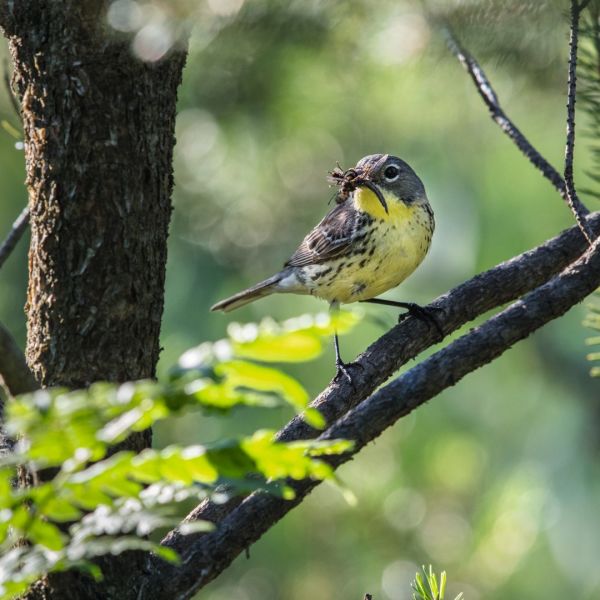
Ontario, Wisconsin and Michigan in spring and summer
4. Kirtland’s Warbler
A small songbird, Kirtland’s Warbler (Setophaga kirtlandii), is also known as the jack pine warbler in Michigan. It almost became extinct nearly 50 years ago, but due to a conservation program, population numbers have recovered. They spend the spring and summer in their breeding range in Ontario, Wisconsin or Michigan, the northeastern Lower Peninsula of Michigan, and winter mainly in The Bahamas and Cuba.
Being one of the rarest songbirds in the USA, it breeds in young jack pine forests in Michigan with populations wintering along the Gulf coast of Texas and near Rockport on the Aransas National Wildlife Refuge.
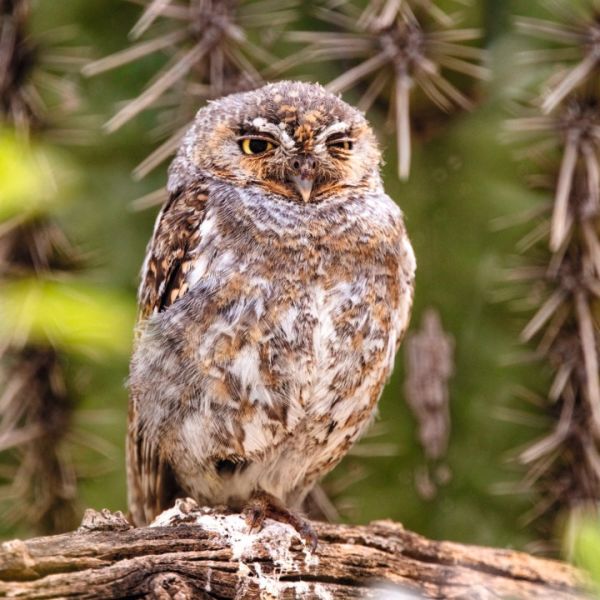
Southern US states and Baja California in spring and summer
5. Elf Owl
The world’s smallest owl and I also think the cutest. The Elf Owl (Micrathene whitneyi) is about the size of a sparrow and lives in New Mexico, the Baja Californian peninsula, Arizona, and Texas often occupying woodpecker holes in cacti. It is nocturnal and feeds primarily on insects. The Elf Owl is known to migrate in large groups, with patterns of migration varying depending on flock and habitat location. I love that they pretend to be dead when handled, an adaption that encourages a predator to relax its grip so that the owl can escape.
You stand a reasonable chance of seeing one in the dry thorn forests of the southern border of the US and Mexico, or when broods migrate to the southwestern areas of California, Arizona and Texas during spring and summer to breed.
Hopefully, this list of North American birding hotspots for rare sightings serves as an inspiration to you, motivated birders out there, to venture out and #gobirding. We wish you good luck and lots of fun!
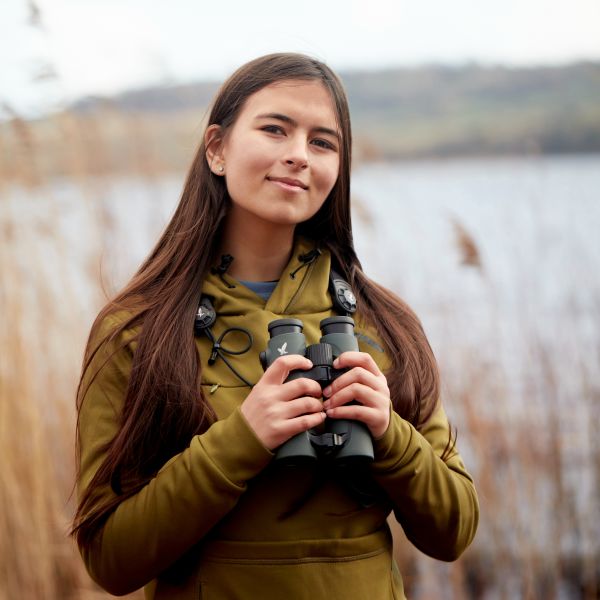
About
Dr. Mya-Rose Craig
Dr. Mya-Rose Craig D.Sc. h.c. (born in 2002) is a prominent British-Bangladeshi birder, conservationist & environmentalist. She is committed to conservation such as stopping biodiversity loss and saving our planet through halting climate change, whilst respecting indigenous peoples, and highlighting Global Climate Justice as it intersects with Climate Change Action.
For more details on Mya-Rose and her work, visit www.birdgirluk.com.
Follow Mya-Rose on:
• Twitter @Birdgirl.UK
• Instagram @birdgirluk
• Facebook @myarosebirdgirlcraig
Mya-Rose’s connection to SWAROVSKI OPTIK
Mya-Rose has been a SWAROVSKI OPTIK Opinion Leader since 2021 . She is a passionate advocate of values that are at the core of our company, such as conservationism and helping people from all backgrounds to enjoy and connect with nature. In her words: “SWAROVSKI OPTIK’s passion and focus on protecting nature and wildlife is something that aligns with my own values, and the exceptional quality of their products enhance any wildlife viewing experience. I am proud to partner with SWAROVSKI OPTIK and to help spread awareness of the importance of being outdoors and connecting with nature, as well as ways nature enthusiasts can closely engage with wildlife.”
Mya-Rose gets closer to birdlife with her NL Pure 8x42 and ATX 25-60x65 with the SOC stay-on case objective module as well as the SOC stay-on case ATX eyepiece module on a tripod (consisting of the CCT compact carbon tripod and the CTH compact tripod head ).
